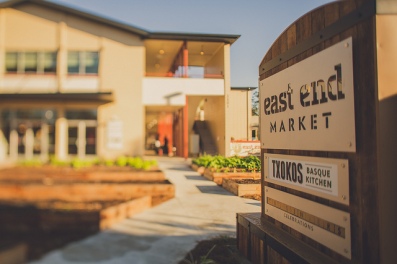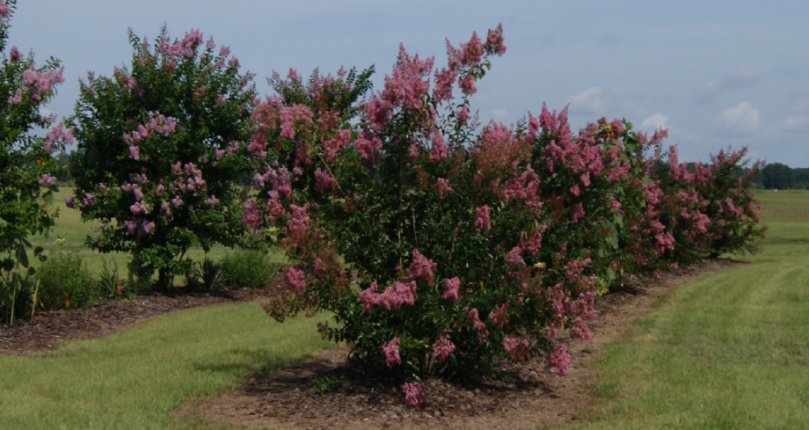The UF/IFAS Small Farms and Alternative Enterprises Extension Team
is proud to present the
Strengthening Local Food Systems with Diversity
An educational event for Florida fruit and vegetable producers and stakeholders
of Florida local food systems
Kick-off Event on April 1st, 2016 at Buckingham Farms, Fort Myers, FL
Conference continues on April 2nd at the Holiday Inn Fort Myers Airport
@ Town Center, Fort Myers, FL
Pre-Conference events on Friday April 1st from 12:30 pm to 4:00 pm
(More information on signing up on these events coming soon!)
- Bus tour of four area urban farms
- Field Workshops at ECHO Farm, an internationally recognized NGO in appropriate technology & diversified small farming
Kick-off event at Buckingham Farms from 6:00 pm to 9:00 pm
- Optional farm-to-table banquet celebration with locally-grown foods
- Keynote Speakers
- Taste of Florida Beverages, and Music & Dancing
Conference Sessions at the Holiday Inn on Saturday April 2nd from 7:30 am to 5:20 pm
- Sixteen educational sessions ranging from Agri-Tourism, Integrated Pest Management, Marketing, Financing, Cottage Foods, Food Policies and More!!
- Trade Show with agricultural vendors and educational organizations
- Plenty of Networking opportunities
The Regional Small Farms Conference will provide a great networking space and share practical farming knowledge that can help farmers across the region. This two-day event promises lots of learning opportunities for everyone, from the prospective or beginner farmers to those most experienced, and from rural to urban settings.
Come, network and learn with other farmers, IFAS Extension and Research Personnel and other industry representatives.
Check out the Conference Program and Register online at www.smallfarmsconf.eventbrite.com
Early Bird Registration fee is $90 until March 21, and $100 after that.
Registration includes refreshments, lunch, and educational materials.
For More information, contact your UF/IFAS County Extension or call 352-294-1692
Partial support for this event is provided by a FDACS Specialty Crop Block Grant.




![FPA 12694 Final logo PMS [Converted]](https://sfaeconference.files.wordpress.com/2015/12/lcl-16024marketplacelogo.jpg?w=276&h=255)


















































